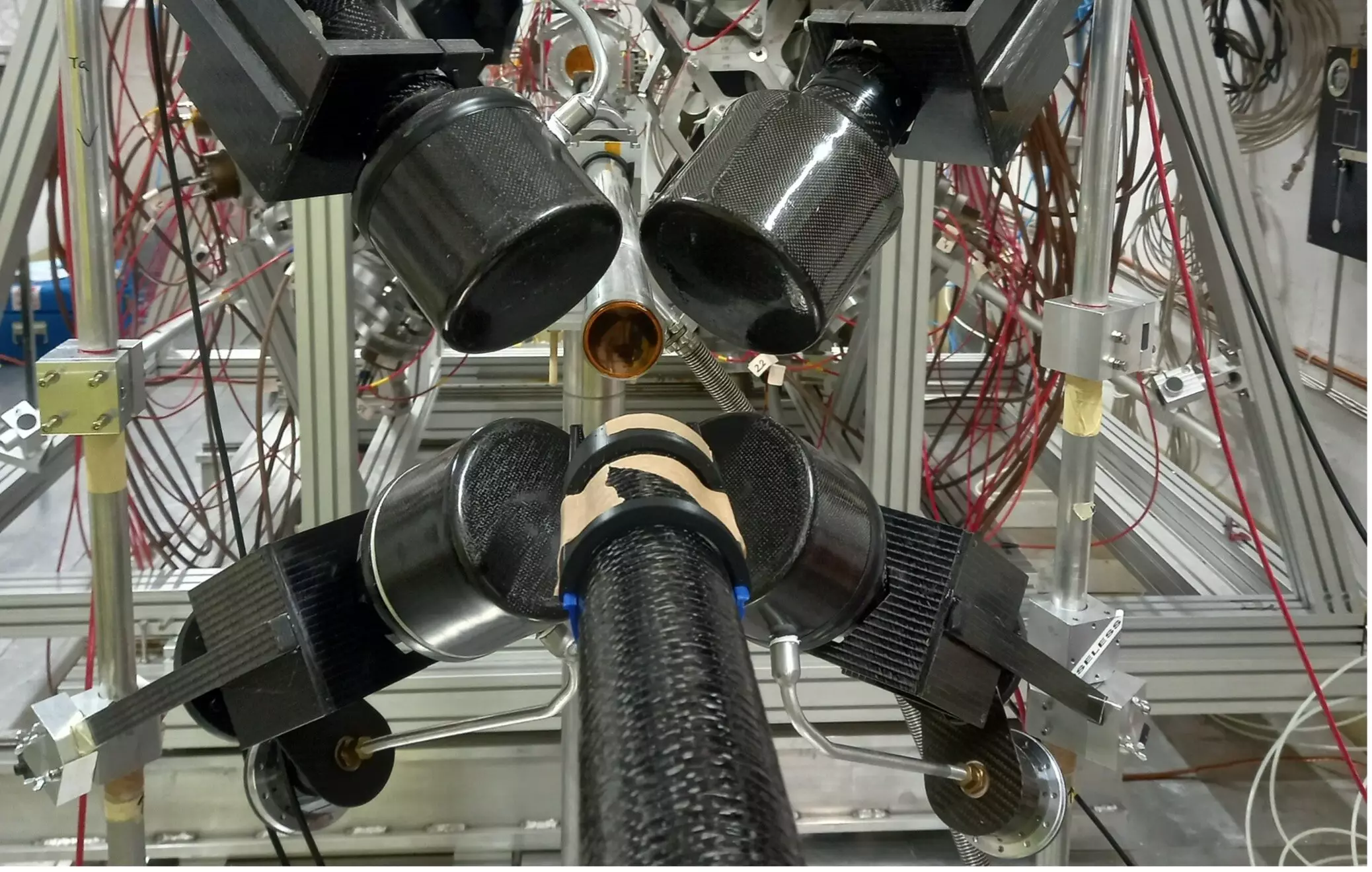Cerium, a rare Earth metal with various technological applications, has intrigued scientists for years due to its unique properties. This element, while rare on Earth, is more abundant in the universe, yet many questions remain regarding its synthesis in stars. A recent study by the n_TOF collaboration at CERN sheds light on the production of cerium in stars, challenging existing theories and opening up new avenues for research.
Traditionally, scientists have hypothesized two neutron capture processes, the slow (s) process and the rapid (r) process, to explain the abundance of heavy elements in stars. The s process, which operates at a neutron flux of 10 million neutrons per cubic centimeter, is believed to contribute significantly to the production of elements heavier than iron, including cerium. Conversely, the r process, with a flux exceeding one million billion billion neutrons per cubic centimeter, plays a crucial role in synthesizing heavy elements in stars.
In their study, the researchers at CERN’s Neutron Time-of-Flight facility focused on the nuclear reaction of cerium 140 isotope with a neutron to produce isotope 141. This reaction, according to theoretical models, is essential for the synthesis of heavy elements in stars. By measuring the reaction’s cross-section with unprecedented accuracy, the scientists discovered nuclear resonances previously unseen in cerium production. These findings challenge existing databases and point to a need for a reevaluation of current theories.
The discrepancies between theoretical predictions and observational data of cerium in stars, particularly in the M22 globular cluster, highlight the complexity of nucleosynthesis processes. The new data suggest a 20% reduction in the contribution of the s process to cerium abundance in the universe, requiring a rethinking of stellar evolution calculations. This paradigm shift has broader implications for our understanding of the chemical evolution of galaxies and the production of heavier elements in the universe.
The study of cerium synthesis in stars represents a significant step forward in our understanding of nucleosynthesis processes and the chemical composition of the universe. By challenging existing theories and providing new insights into the production of heavy elements, this research paves the way for future investigations into the mysteries of the cosmos. Ultimately, cerium’s role in stellar evolution may hold the key to unraveling the secrets of the universe’s chemical diversity.


Leave a Reply